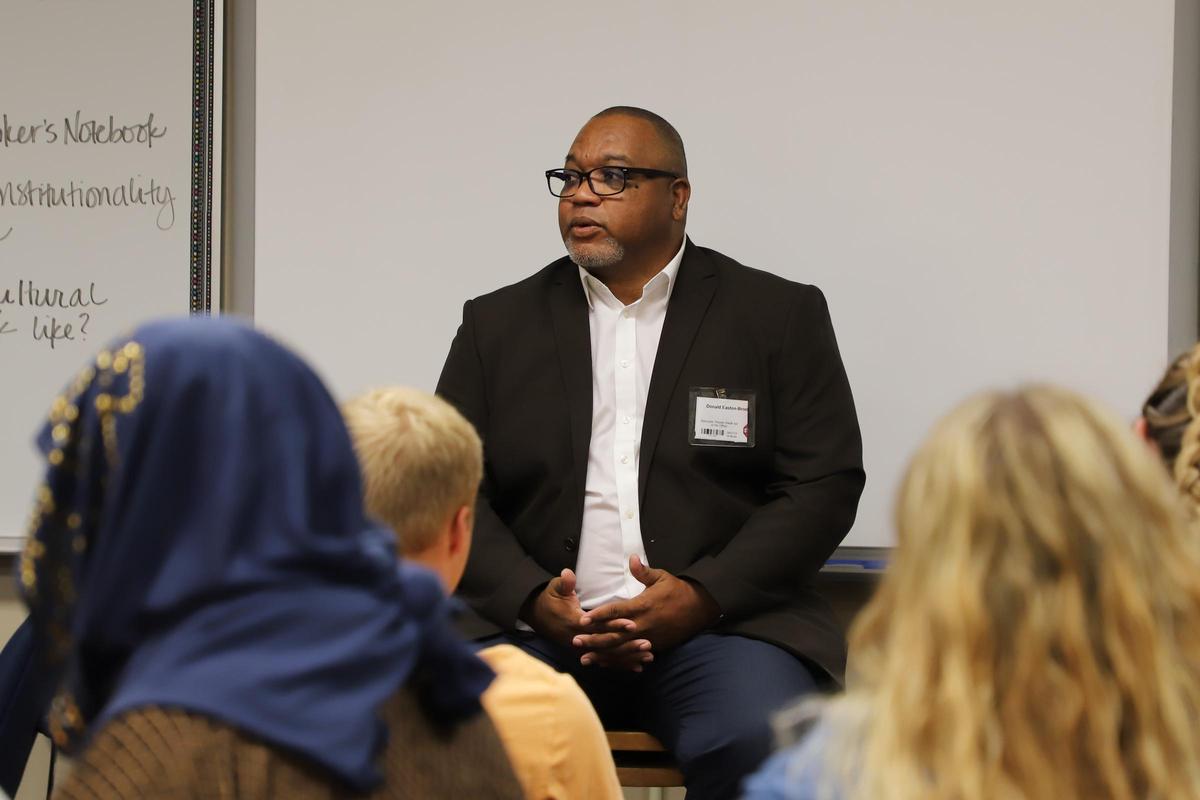I enjoyed my last interview with Jackie Hendry and South Dakota Public Radio. Listen here
Outgoing USD School of Education Dean Talks Research and Policy for the Success of Students of Color
By JACKIE HENDRY
During his time as dean of the University of South Dakota's School of Education, Donald Easton-Brooks formed a partnership with the Sioux Falls School District to launch the Teacher Pathway Program, which seeks to recruit a diverse pool of future teachers from its own student body. Easton-Brooks is a scholar of education policy and culturally responsive teaching. His book Ethnic Matching: Success of Students of Color was released earlier this year.
Easton-Brooks recently accepted a new position as dean of the College of Education at the University of Nevada in Reno. He visits with SDPB's Jackie Hendry on what research shows about relationships and relevance in education, and how diversifying the teaching profession will ultimately improve student's success.

